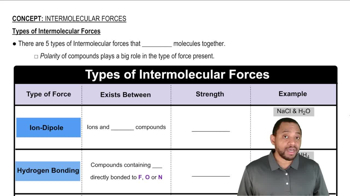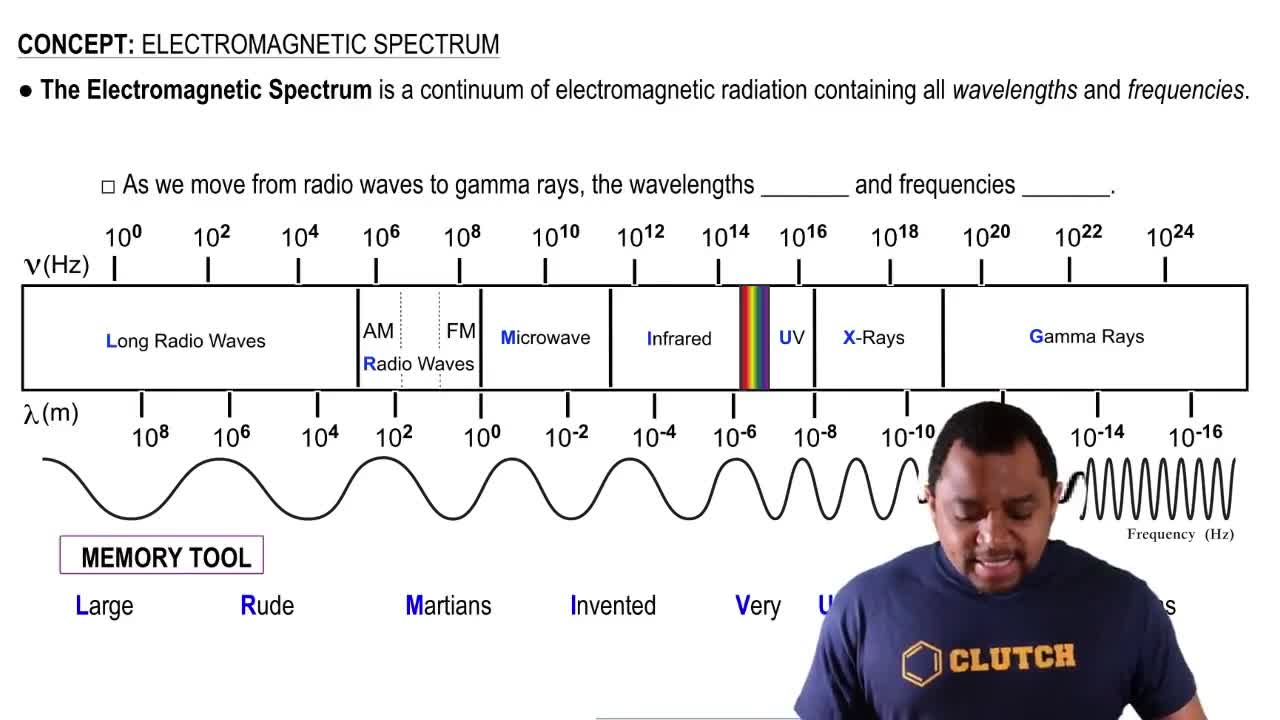Here are the essential concepts you must grasp in order to answer the question correctly.
Centripetal Force
Centripetal force is the net force acting on an object moving in a circular path, directed towards the center of the circle. In the case of an electron moving in a circle around a proton, the electrostatic attraction between the negatively charged electron and the positively charged proton provides the necessary centripetal force to maintain the circular motion.
Recommended video:
Types of Intermolecular Forces
Work Done by a Force
Work is defined as the product of the force applied to an object and the displacement of that object in the direction of the force. If the force is perpendicular to the displacement, as in the case of an electron moving in a circle, no work is done. Conversely, when an iron nail is attracted to a magnet, work is done as the nail moves towards the magnet, resulting in a displacement in the direction of the magnetic force.
Recommended video:
Types of Intermolecular Forces
Electromagnetic Forces
Electromagnetic forces are one of the four fundamental forces of nature, arising from the interaction between charged particles. In the context of the question, the attraction between the electron and proton is due to electromagnetic forces, while the attraction between the iron nail and the magnet is also a manifestation of these forces, specifically the magnetic component acting on ferromagnetic materials.
Recommended video:



